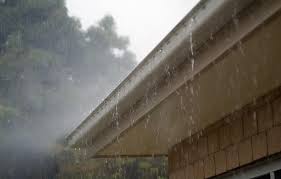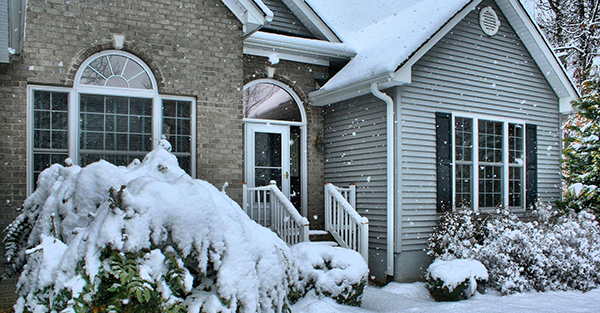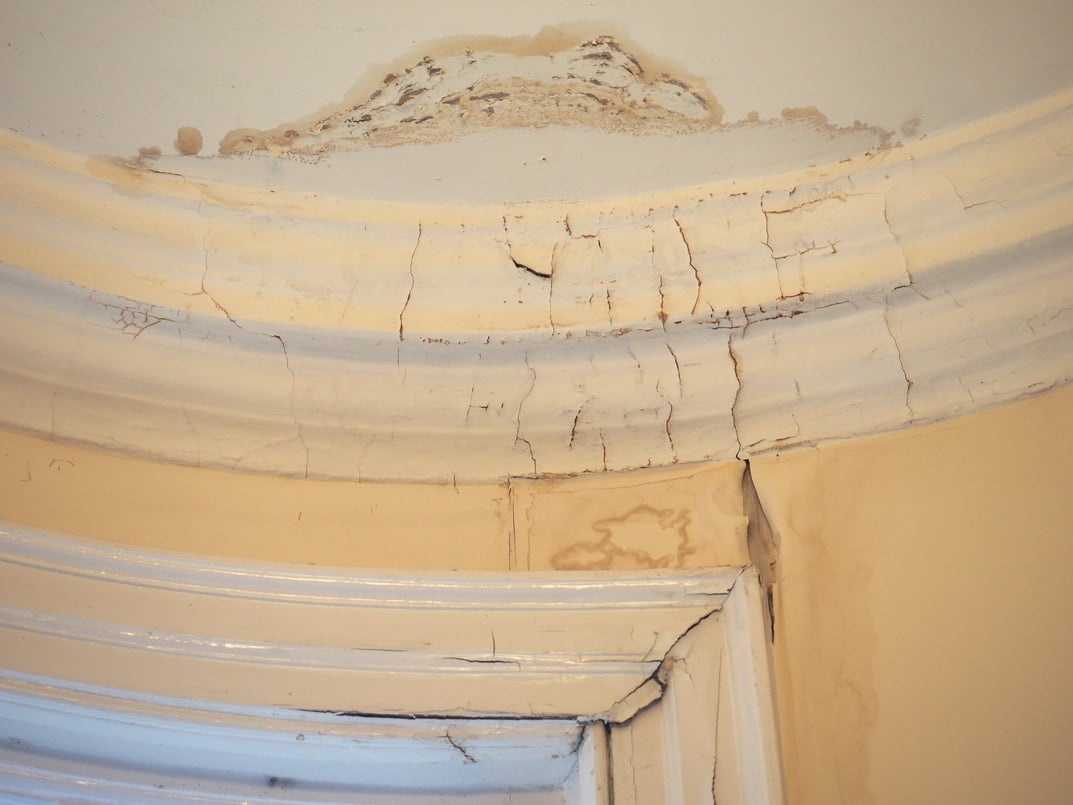 Storms can wreak havoc on your home. In addition to causing damage to your roof, siding, and general home exterior, high winds and heavy rains can contribute to another threat: flooding. Water infiltration into your home can ruin your personal possessions, cause damage to your home’s foundation, structure, or interior walls and finishes, and contribute to the growth of dangerous mold. Your roof is one of the main barriers to water infiltration, keeping your home dry from top to bottom. Regular roofing maintenance can help your roof perform at its best to keep water out.
Storms can wreak havoc on your home. In addition to causing damage to your roof, siding, and general home exterior, high winds and heavy rains can contribute to another threat: flooding. Water infiltration into your home can ruin your personal possessions, cause damage to your home’s foundation, structure, or interior walls and finishes, and contribute to the growth of dangerous mold. Your roof is one of the main barriers to water infiltration, keeping your home dry from top to bottom. Regular roofing maintenance can help your roof perform at its best to keep water out.
Loose or Cracked Roofing Shingles Can Lead to Leaks
In a heavy downpour or high winds, an aging roof can turn into a leaky mess. Loose or cracked shingles can blow off, exposing roofing underlayment to the elements. Water can seep between and under shingles, working its way into your home’s structure and creating the potential for electrical hazards or shorts. Damp insulation and framing can rot or mold. If enough water enters your home, your attic can flood, water can enter your living areas, and interior walls can sustain significant and costly damage.
Worn Asphalt Shingles Can Cause Leaks and Clog Gutters
Granules on asphalt shingles protect your home from all kinds of weather and help to preserve your roof’s integrity. Granule loss will occur naturally over time, but it’s time to replace your roof when you start to see bald patches, damage from storms or hail (indentations or divots), or a lot of granules in your gutters and roof runoff. Horizontal lines of granule wear that are a few inches beneath the edge of the shingles above indicate that the seals around the shingles have broken down. This makes it much more likely that water will be able to leak under the shingles into the roof decking or into your home, causing significant damage and possibly mold. Excessive granule runoff can also contribute to clogs in your gutters, which can cause flooding in your home’s basement.
Gutters Help Keep Your Basement Dry & Prevent Flooding
Your home’s gutters and downspouts are some of your home’s most vital defenses against basement flooding, so make sure you take appropriate steps to maintain them. When leaves, asphalt shingle granules, and other debris collects in gutters, water backs up and can flow over the sides of your roof in sheets rather than into intended drainage pathways. Damaged gutters can also allow water to run off in unintended streams rather than being corralled into downspouts. This runoff water can pool along your home’s foundation, seeping into your basement and eroding your foundation. If you have a flat roof, clogged gutters can cause water to flood your roof and potentially cause a collapse or leak.
Gutter covers can help keep debris out of your drainage system. Even if you have them, however, you should clean the gutters and drainage downspouts attached to your roof yourself at least twice a year or have them professionally cleaned. Just one wind or rainstorm can clog a well-flowing drainage system! Inspect for leaks or damage to rain gutters that could cause a flat roof to flood. Make sure you direct flows from downspouts away from your foundation or into rainwater collection systems. (If you employ rainwater collection systems, ensure that they do not overflow in heavy storms.) Read our tips on how to prevent ice dams to make sure that winter snow and ice storms don’t cause permanent damage to your gutters.
Other Steps to Prevent Water Infiltration
Make sure you keep your roof clear of debris, moss, and algae. Trim overhanging tree branches and foliage to prevent impact from falling or blowing debris. If you observe moss or algae, carefully remove it or make arrangements to have it professionally removed safely and without damaging your roof. If these conditions are allowed to build up, they can penetrate or undermine shingles, causing granule loss on asphalt shingles and leading to leakage, water infiltration, structural damage, and mold.
If you are planning to replace your roof, consider investing in a rubber roof underlayment. This inexpensive addition creates a much more waterproof barrier between your shingles and your roof decking, extending the life of your new roof and protecting your attic and home from water infiltration. Replacing your asphalt shingles with duration shingles, architectural shingles, or modern stone-coated steel roofing materials can help protect your home from moisture for many years to come.
Don’t risk your home flooding from the top down. Inspect your roof’s exterior several times a year, and get a professional roof inspection at least annually. Always check for damage after a storm or high winds, and make sure your gutters are clean and intact. Inspect your attic and interior walls for signs of water infiltration, and call a professional if you suspect a leak.
Hedrick Construction can help with all of your roofing needs, including gutter cleaning and repair, roof inspection, and roof repair or replacement, including emergency roofing repair after a big storm in the Ames, Iowa, area. Contact us today for a free estimate.
Check out our free eBook about today’s incredibly chic, durable, and economical metal roofing products—just click the link below.








Comments